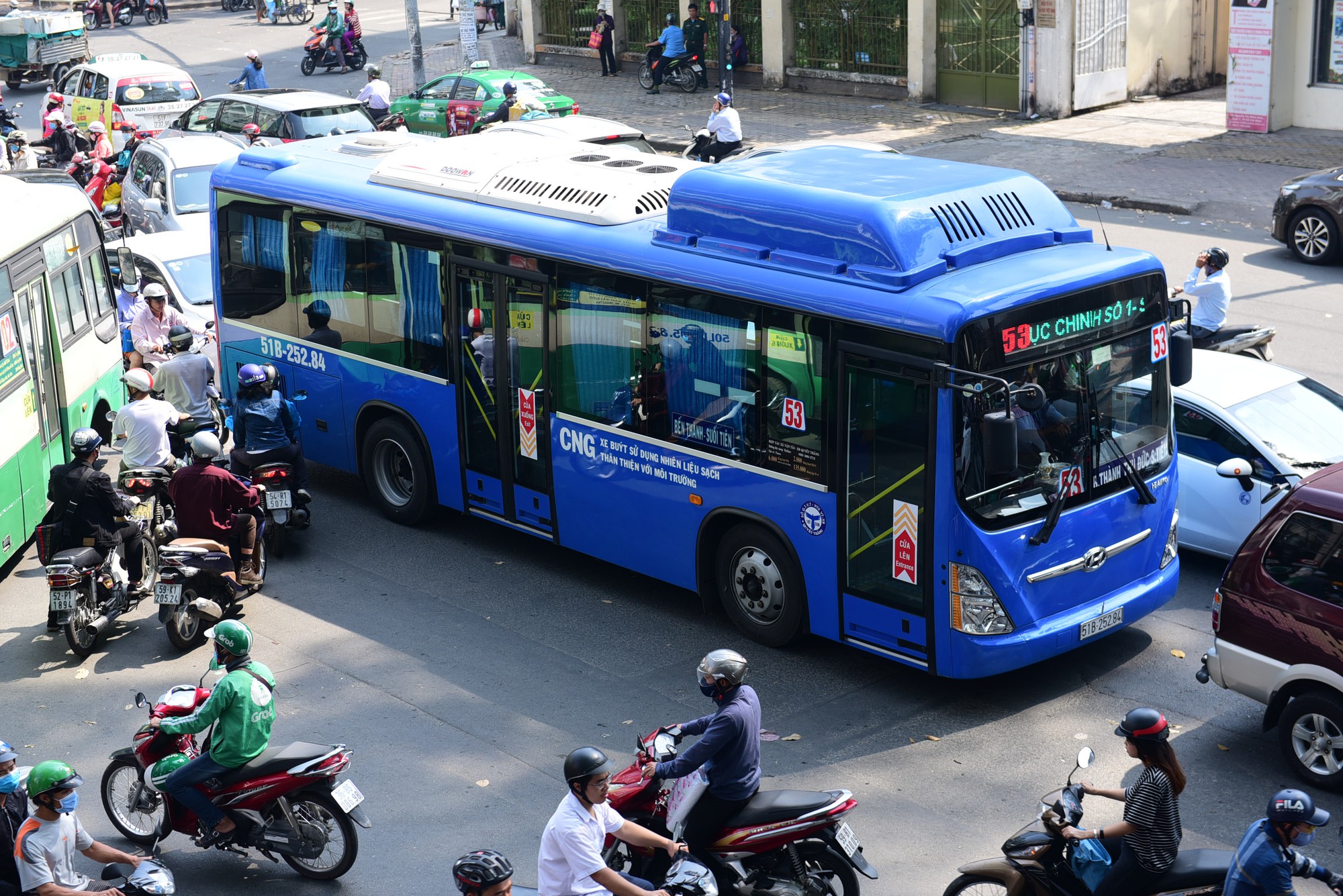I went on a bus! Not a big thing for most people, but I went on a bus for the first time, alone, and in Ho Chi Minh City. The bus network has always been a bastion of fear for me and, after a decade of watching them go down my street, I finally mustered the courage to embrace the experience of taking a bus ride in Ho Chi Minh City.
The bus network stands as the linchpin of public transportation in Vietnam's urban areas. In major cities where alternative options are limited, the bus system emerges as an economical and dependable means of transportation. However, viewed from an outsider's standpoint, it presents itself as a perplexing and intimidating network that I had never attempted to decipher.
There was only one way to overcome my fear of public buses in Ho Chi Minh City. Recently, I studied the bus numbers and got some advice on how to use the system. Then, I set off from my home with the challenge of taking a bus from Nguyen Xi Street in Binh Thanh District to District 1, and it was a great experience.
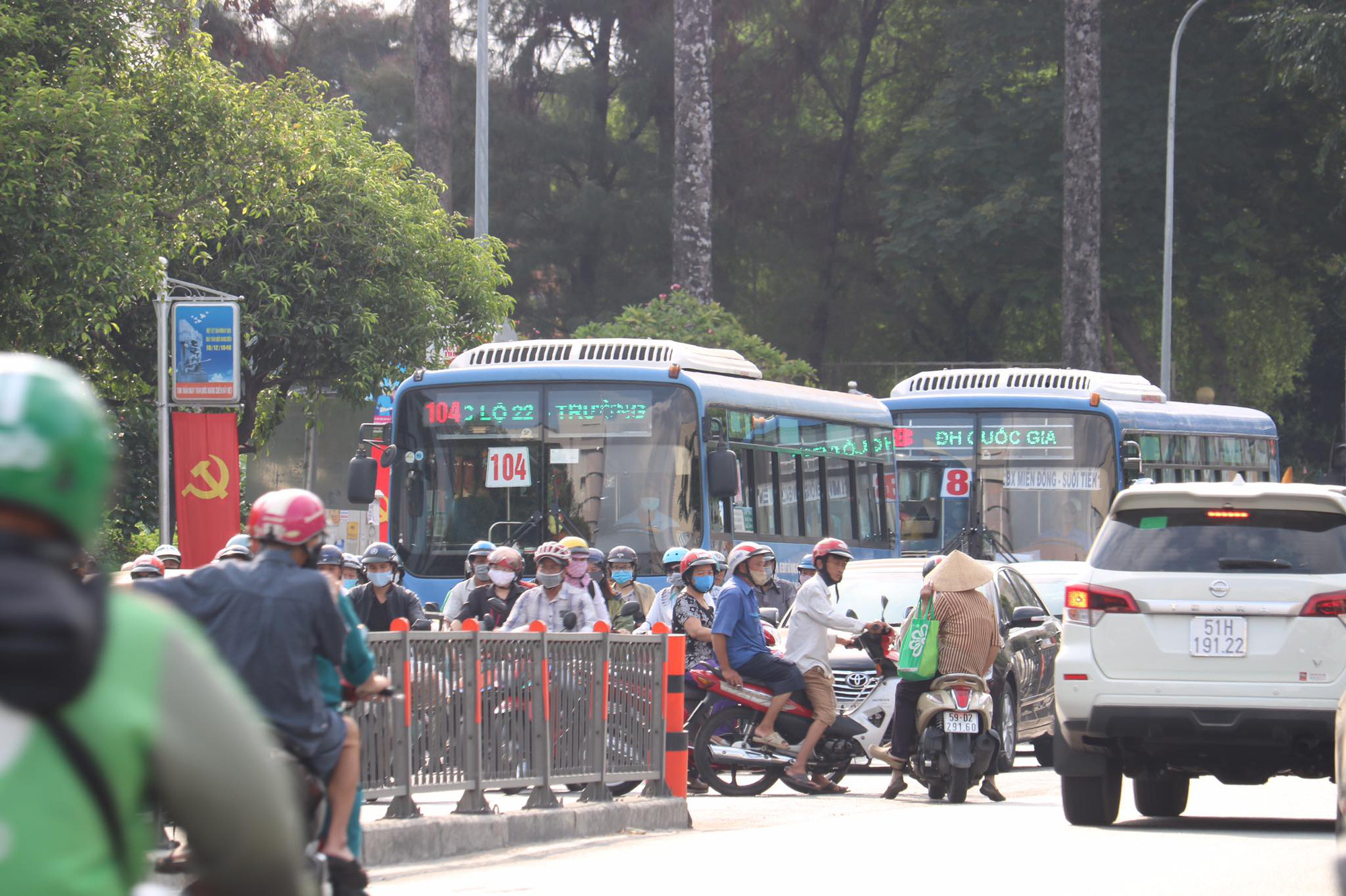
Initially, after spending 30 minutes on the bus website buyttphcm.com.vn, my wife gave me the simplest advice ever, 'Use Google Maps.' The phone app serves as a comprehensive tool, providing all the essential bus information. With a simple process of pinpointing your destination and enabling your location services, it seamlessly guides you to the relevant bus stop and offers advice on various bus options to reach your intended destination. All you need to do is press the 'public transport' icon when searching for directions.
In Vietnam, all bus routes have a number. The number is clearly shown on the front, side, and back of the bus. Some are fixed and sign-painted, whilst others are electronic and lit up in a big red light that is very easy to see. This is usually related to the age and size of the bus, with older and smaller buses using the older systems.
My only previous experience of taking a bus in Vietnam occurred way back in 2012 when my friend took my son and I on a day trip to Cu Chi, an outlying district of Ho Chi Minh City, on the local bus. Back then, I had been in Vietnam on a holiday for about four days and was in total amazement and awe of this new country. I remembered we paid a conductor for the ticket when he walked up the center of the bus, but it is very different now.
As you get onto most buses in Ho Chi Minh City, you will see a plastic box and basic electronic ticket machine. The process is that you place VND7,000 into the box and press the button that is most likely illuminated green. A compact ticket is printed, and you simply tear it off from the machine before finding a seat, provided one is available. It is really that easy. (US$1 = VND24,430)
Getting off the bus is also not too difficult. Red buttons were located around the bus I took recently, with the word 'Stop' (in English) on them. As you get close to your destination, you press a button. The driver will automatically stop at the next designated bus stop and allow you to exit the bus.
During this ride, I was noting all the good and bad points about using a bus. There were a number of good points but the only bad point I could note was that it did take longer than just jumping on the motorbike and riding to my destination. My journey from my home to the city is around 5km and took the best part of an hour, end to end. In contrast a motorcycle trip would be 20 minutes and a taxi maybe 30 minutes at best.
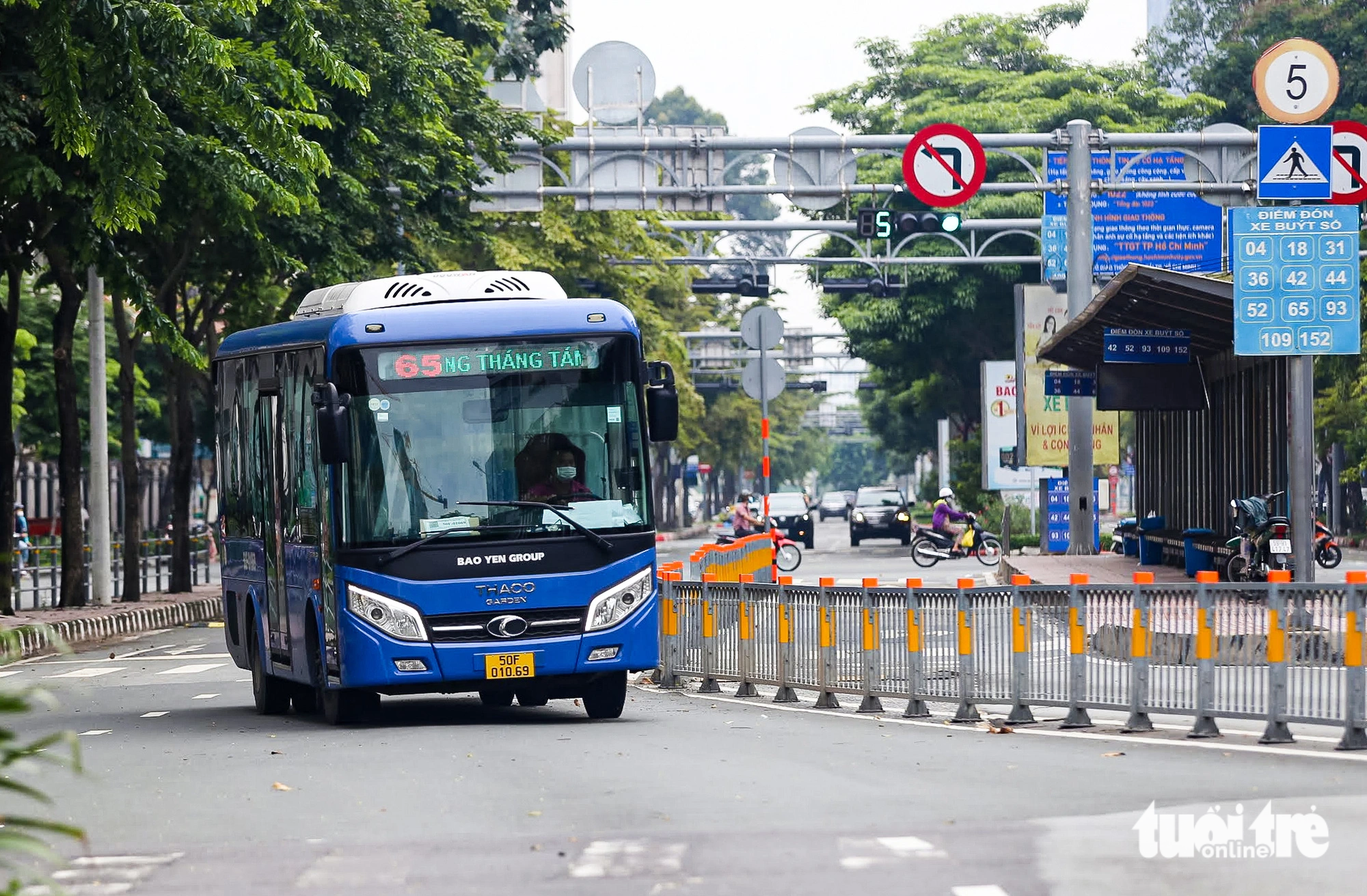
Certainly, the efficiency of the bus network is heavily influenced by routes and traffic, shaping the overall experience. For instance, considering the approximately 3km distance from my home to work, a detailed examination of the route revealed that I would need to walk nearly 1km to reach the bus stop, constituting a third of the journey. Moreover, the entire commute from home to work via the bus would take 40 minutes, whereas walking directly to work would only require about 30 minutes. In this scenario, the bus network proves impractical for my commuting needs.
Similarly, I ran this experiment some time ago on the Saigon Waterbus. Whilst an amazingly peaceful and enjoyable experience, my water journey from Hiep Binh Chanh Ward in Thu Duc City to Pearl Plaza in Binh Thanh District took a little over an hour, while riding the route on my motorbike was about 15 minutes. It just wasn’t a fast option for daily commuting, albeit I really enjoy taking the ferry and getting off the road during peak hours.
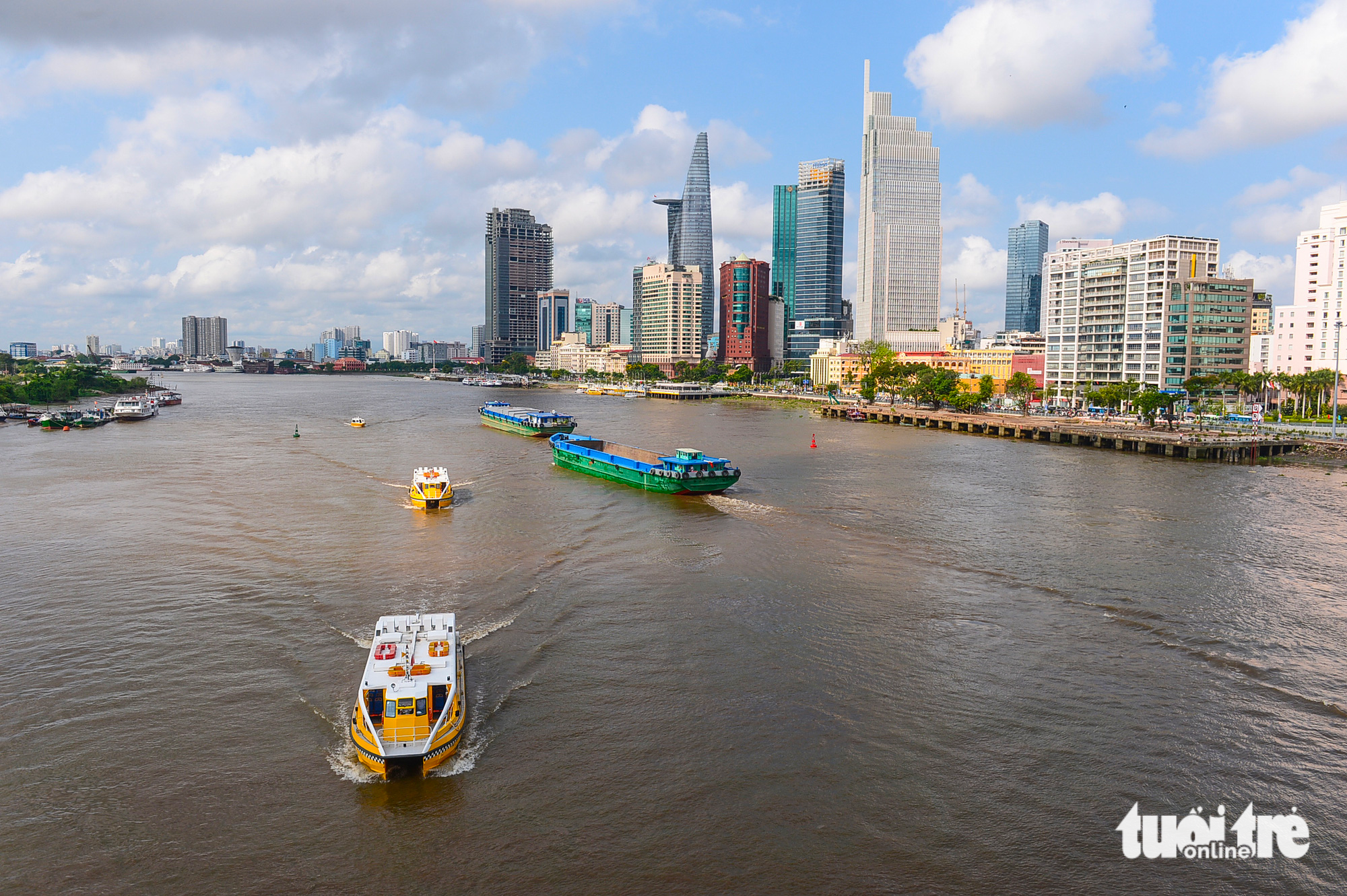
The bus I took recently had air conditioning and was very comfortable. I was traveling in a quiet period so there were only six or eight people on the bus, which made it a little more comfortable. I often see packed buses in the morning and afternoon and understand that the cheap price comes with the fact that the volume of customers is essential, so a full bus in peak periods is expected.
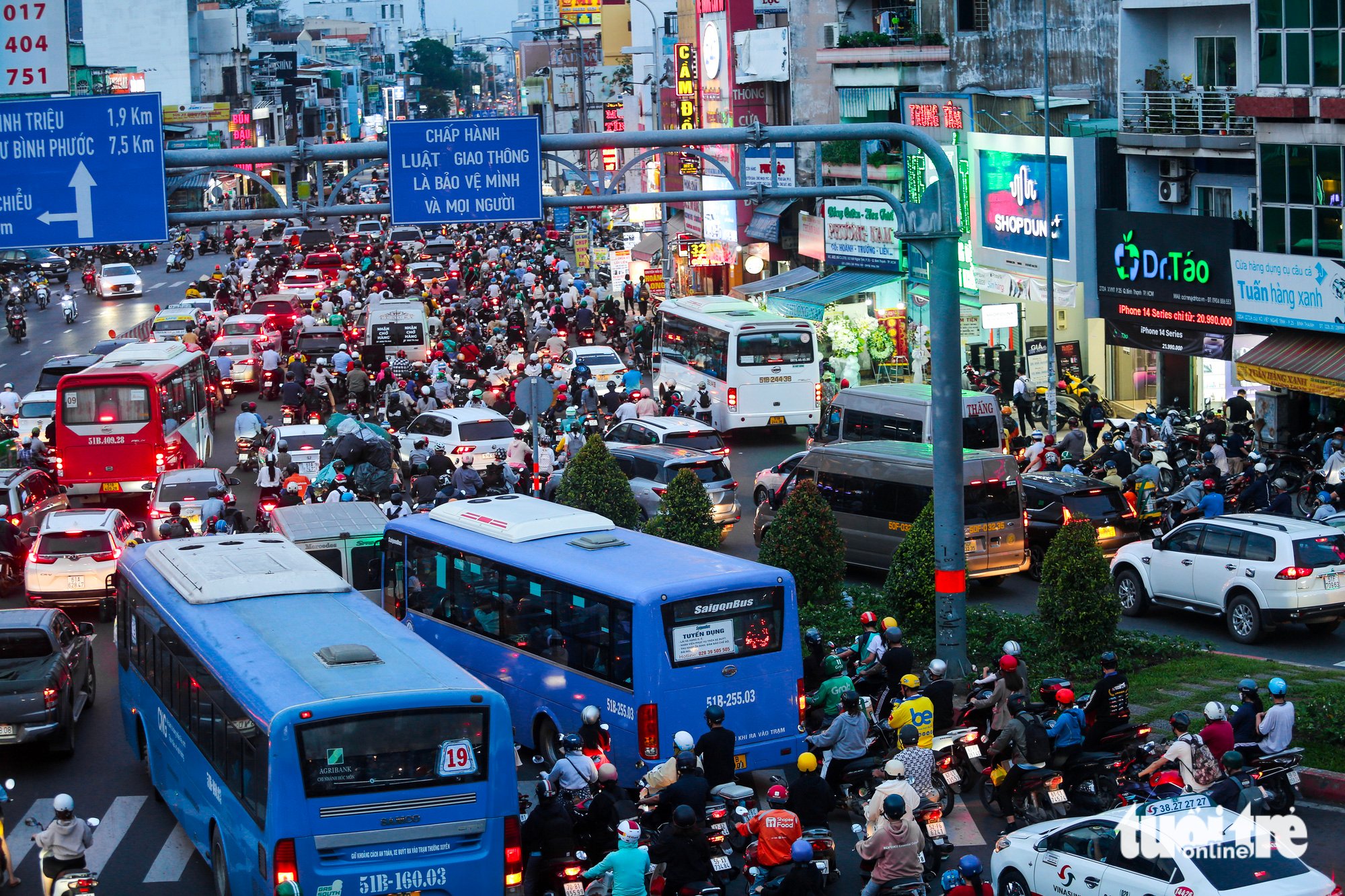
While my bus excursion served as an intriguing experiment for an expatriate residing in Ho Chi Minh City, it leads me to contemplate the experiences of tourists from around the globe who explore Vietnam and, particularly, Ho Chi Minh City. Transportation within the city stands out as one of the major expenses for many tourists. Yet, there exists a distinctive opportunity for a unique experience by opting for local buses to traverse different parts of the city. With all the necessary information available on Google Maps, taking the time to utilize a local bus can provide a deeper connection with the authentic essence of Ho Chi Minh City.
But the bus network is not just about getting across towns. Vietnam has an amazing system that allows you to catch local buses between regional centers. As an example, from District 1’s Ham Nghi Bus Station, it is possible to get to places like Tay Ninh, Bien Hoa and even My Tho, all on a public bus. It really opens your adventures having these options to travel at such low prices (regional tickets are more expensive) and meeting unknown numbers of local people on the way.
As I walked from Ham Nghi Bus Station to meet friends, I could not help but be impressed by the service and experience of traveling by bus in Ho Chi Minh City. The unbelievably cheap price, 2.5 percent of the cost of a taxi ride, and the ease of usage had me concluding that I should use this option more often. It is better for the environment and much less stressful compared to riding myself.
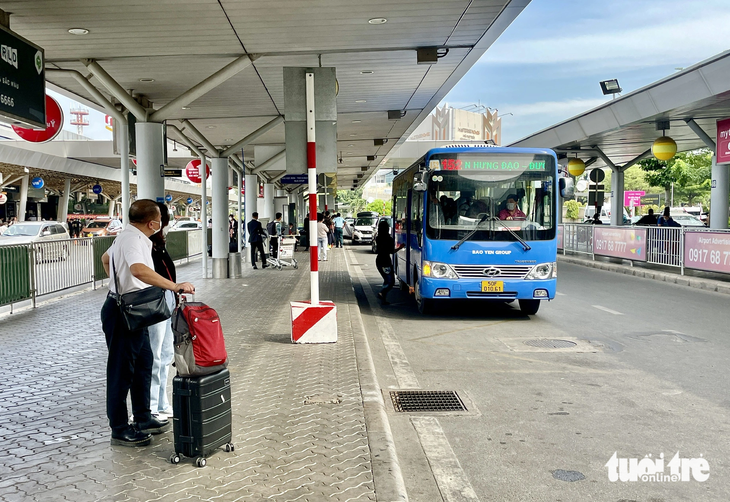
For anyone, if you have the time and want a new experience, try using the bus network in Vietnam. It’s affordable and is a great experience that will give you memories of adventure and enjoyment of your travels across this beautiful country.
Like us on Facebook or follow us on Twitter to get the latest news about Vietnam!



